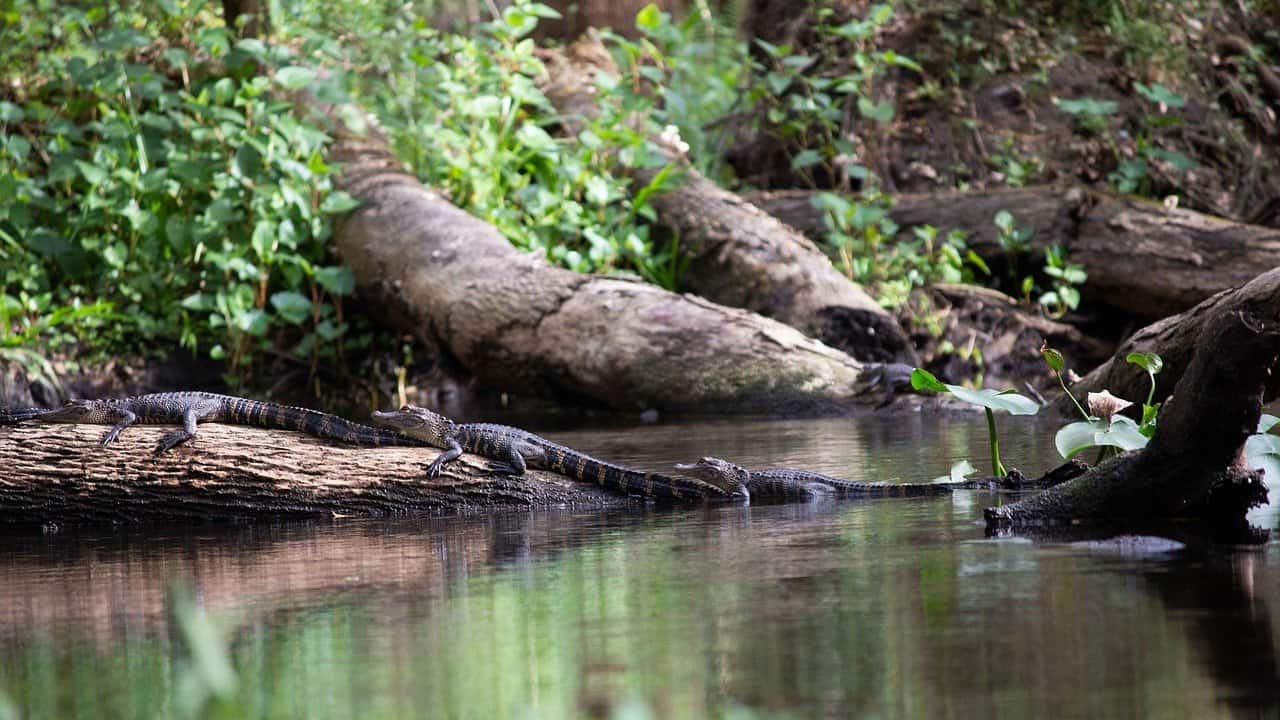“Quite a few mosquito species are expanding northward, as well as a lot of forestry pests.”
As the climate warms, several species of flora and fauna have been documented to be migrating up to higher altitudes at mountainsides in areas like the Rocky Mountains in the United States to escape rising air temperatures.
Now research shows that in the southern part of the U.S. several tropical species of plants and animals are extending their range northward and not all of them will be welcome in their new territories. Disease-carrying mosquitos and destructive invasive species such as Burmese pythons are making the transition up north as well, raising the risk that they will be posing a threat to people and wildlife there.
“Quite a few mosquito species are expanding northward, as well as a lot of forestry pests: bark beetles, the southern mountain pine beetle,” says Caroline Williams, associate professor of integrative biology at the University of California, Berkeley, who was a co-author of the new study. which focused on the effects of warming winters on the expanding range of cold-sensitive tropical plants and animals across the southern U.S., including Florida, Alabama, Mississippi, Louisiana, Texas, New Mexico, Arizona and California.
The variety of tropical species that are expanding their ranges northward include native mangroves and some warm-water fish, in addition to invasive species such as Cuban tree frogs, Brazilian pepper trees and buffelgrass.
If the climate and migration trends continue, the researchers say, much of the southern United States will be far more tropical in nature by the end of this century. The result will be a replacement of many native species by those from further south.
The reason for the changes is that a so-called transition zone, north of which winter has brought freezing temperatures, has long served as a natural barrier to species that prefer warmer temperatures. However, more moderate winters are working to the advantage of tropical species on the move.
“For the vast majority of organisms, if they freeze, they die,” Williams explains. “Cold snaps like the recent one in Texas might not happen for 30 or 50 or even 100 years, and then you see these widespread mortality events where tropical species that have been creeping northward are suddenly knocked back.”
However, “as the return times become longer and longer for these extreme cold events, it enables tropical species to get more and more of a foothold, and even maybe for populations to adapt in situ to allow them to tolerate more cold extremes in the future,” the scientist adds.
Somewhat encouragingly, however, the scientists note that their findings don’t mean that “we are heading for [the] extinction of absolutely everything” in northern regions, in the words of Williams. “But we need to prepare for widespread shifts in the distribution of biodiversity as climate, including winter climate, changes,” she cautions.
“The actions that we take over the next 20 years are going to be critical in determining our trajectory,” the scientist stresses.
This story first appeared on Sustainability Times
South Africa Today
© 2021 Sustainability Times.
This article is licensed under a Creative Commons Attribution-ShareAlike 4.0 SA International License.












